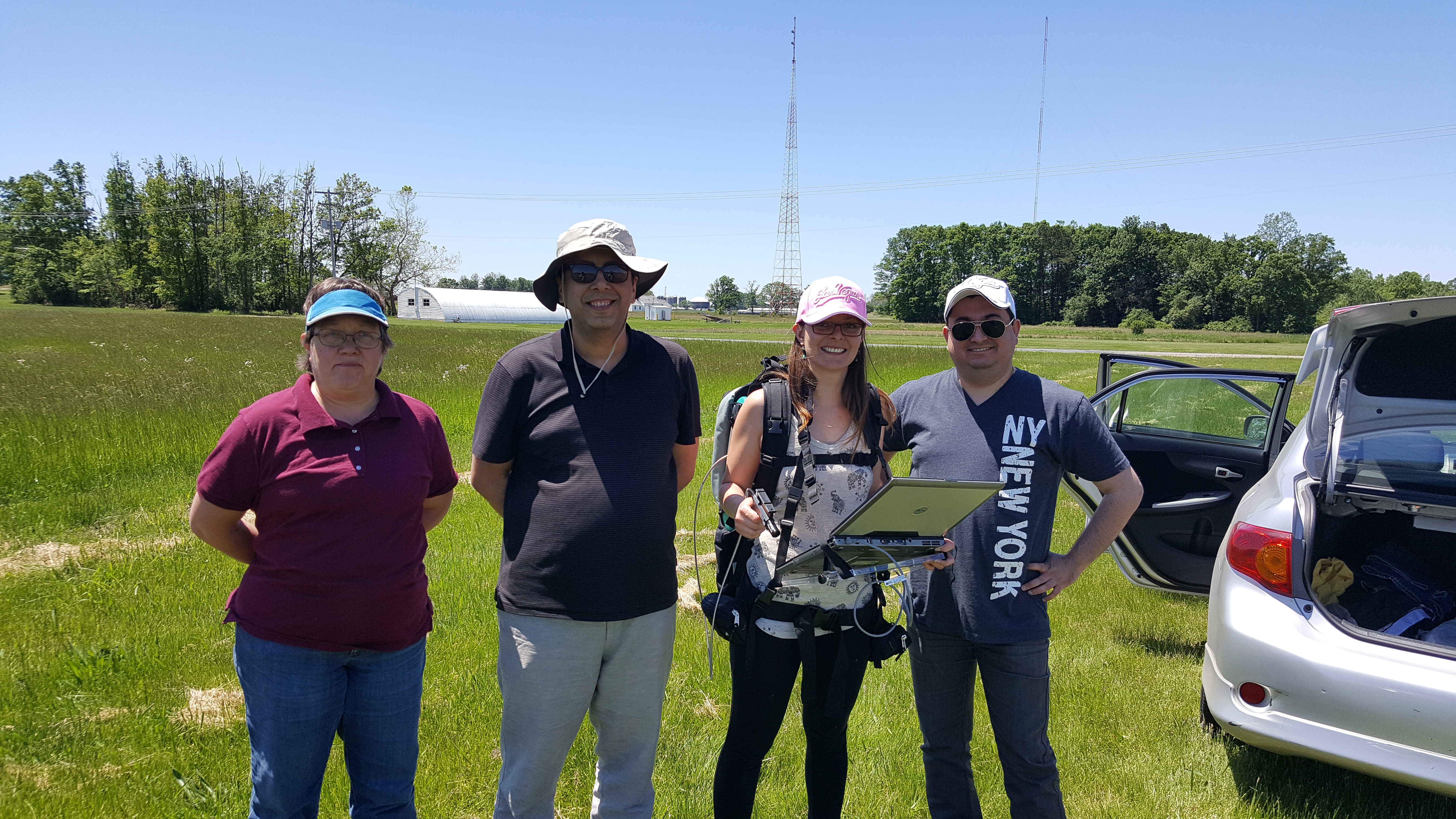MSU Researcher's Study Cited Over 1,100 Times, Exploring the Relationship Between Climate Change and Livestock
MSU BE university foundation professor, A. Pouyan Nejadhashemi has been exclusively working on the impact that climate change has on livestock, and how the world can manage the relationship they have on each other.

 August 7, 2023
August 7, 2023
The world's population is expected to reach 10 billion people by 2050. A growing population means more food will be needed to feed that population. According to the United Nations, food production must double to meet that demand. Livestock products are a piece of that demand. There are challenges to be overcome and changes to be made to meet the demand for food. One such challenge is climate change. Climate change is a significant factor in livestock and crop production, profoundly affecting various aspects of these industries, such as animal feed quality, water availability, pest and disease prevalence, and biodiversity.
This is a challenge that A. Pouyan Nejadhashemi, Ph.D., a university foundation professor in the Department of Biosystems and Agricultural Engineering (BAE) at Michigan State University (MSU), has spent time researching. He has worked extensively on climate change and its impact on livestock. One work, Climate Change and Livestock: Impacts, adaptation, and Mitigation, focuses exclusively on the relationship between climate change and livestock. Nejadhashemi was the lead investigator, and BAE associate professor Timothy Harrigan was a collaborator. This study has been cited over 1,100 in the six years since its publication. Other scientific studies, international government and policy studies, and other reports have cited this study in their own work.
We often tend to view problems from a single perspective, for example, associating heavy rainfall solely with causing floods. said Nejadhashemi. However, it's crucial to recognize that many of the challenges humanity encounters are multi-dimensional in nature. Climate change's effects on crop and livestock production serve as a pertinent example of this complex interplay.
According to the Food and Agriculture Organization of the United Nations, the livestock sector contributes 14.5% of all greenhouse gas emissions. Beef and milk cattle are responsible for most of the emissions, followed by meat pigs and buffalo milk and meat. Through the reduction of greenhouse gas emissions generated by livestock, it becomes possible to disrupt the chain of climate change and mitigate its impact on livestock production.
Climate change will impact livestock production due to diseases, water availability, feed quality, etc. This will affect the nutritional content of livestock products, which make up 33% of the global protein consumed worldwide. On the other side of the coin, livestock will influence climate change in many ways. Deforestation for pasture and feed production leads to an increase in greenhouse gas emissions. Feed production is the largest contributor to the greenhouse gas emissions produced by the livestock sector. Combined with the need to increase food production, it can be assumed that livestock production will not slow down. 
Nejadhashemi's work evaluated many crop and livestock production methods to help mitigate climate change and livestock contribution to it. Adding diversity in livestock animals within a species, using different crop varieties, and shifting to mixed crop-livestock systems are the most promising ways to adapt livestock production. By introducing diversity to animals and crops, there is an increase in the tolerance to things such as drought and heat waves. This will also help lower disease and pest outbreaks.
Policies must be developed and promoted to make these changes a reality. Cost is a barrier to many producers when implementing new practices, and so providing information on cost, time, and effort that a producer will need to bring to the table provides sustainable information for them.



 Print
Print Email
Email



